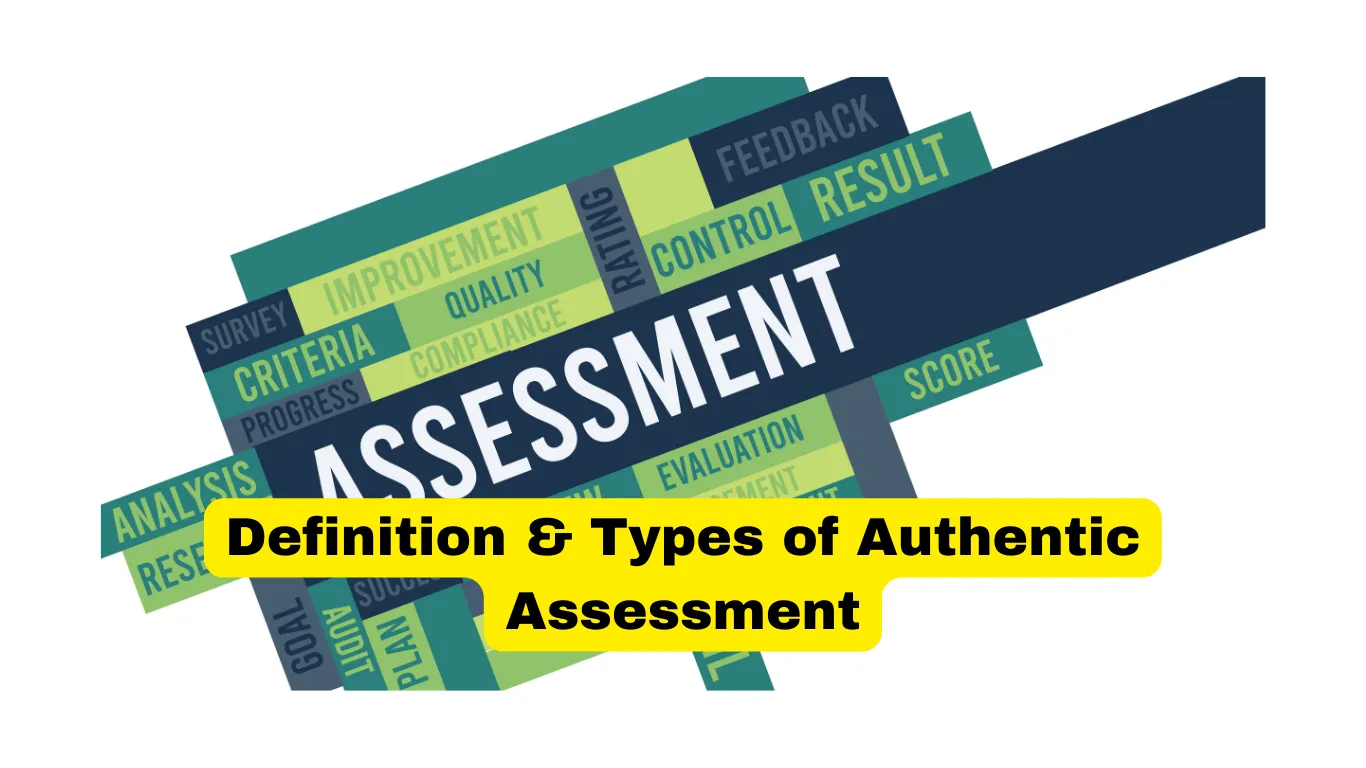Tenrycolle.com
What better to do than, share your English knowledge with other people
What better to do than, share your English knowledge with other people
What better to do than, share your English knowledge with other people

In the ever-evolving landscape of education, the traditional methods of assessing students’ knowledge and skills have been transforming. As educators strive to provide meaningful and relevant learning experiences, authentic assessment has gained prominence.
In this article, we will delve into the definition of authentic assessment, explore the differences between traditional and alternative assessment methods, delve into various types of alternative assessment, and provide practical examples of how authentic assessment can be implemented in the classroom.
Whether you are an educator looking to revamp your assessment strategies or a student eager to understand these innovative approaches better, this article aims to shed light on the exciting world of authentic assessment.
Authentic assessment is introduced by William and Thompson (2008) as a newer paradigm as a shift from the forms of traditional assessment. It is often referred to as performance assessment or alternative assessment. Authentic means an alternative to standard tests and exams. It evaluates what the student has learned, going beyond acquired knowledge to focus on what the student has learned by looking at the application of this knowledge (Indiana University, n.d.).
These assessment forms allow you to see what students can and cannot do versus what they do and do not know. They tend to evaluate applied proficiency rather than measuring knowledge (Brigham Young University, n.d.), allowing for problem-solving and reflection rather than merely providing facts as answers to specific questions (Indiana University, n.d.).
The general features of alternative assessment include requiring students to perform, create, and produce something (Herman et al., 1992), using real-world contexts or simulations, focusing on processes as well as products (Aschbacher, 1991), and providing information about both the strengths and the weaknesses of students (Huerta-Macias, 1995).
Brown & Hudson (1998, p. 654–655) summarize twelve characteristics of authentics assessments as follows:
Alternative assessments also pointed to performance tests being employed to decide what students can and cannot do, contrary to what they do or do not know. However, an alternative assessment measures applied proficiency more than measure knowledge; it provides direct evidence of the application of knowledge, skills, and attitudes. It has been described variously in the literature and labelled as the outcome of the 20th century.
The table below provide a clear and concise comparison between authentic and traditional assessment methods. This table highlights the distinct characteristics of each approach, allowing educators and stakeholders to easily discern how these assessment methods vary in their design, purpose, and application.
| Authentic assessment | Traditional assessment |
| Perform a task | Select a response |
| Real-life experience/scenario | Contrived by the instructor |
| Focuses on inquiry (higher-level Bloom’s) | Focuses on bits of information (lower-level Bloom’s) |
| Assumes knowledge has multiple meaning | Assumes knowledge has a single meaning |
| Treats learning as active (student-structured) | Believes learning is passive (teacher-structured) |
| Direct evidence of learning | Indirect evidence of learning |
Brawley (2009) stated that Authentic assessment has various types: portfolios, projects, diaries, etc. The phrase alternative assessment points to “almost any assessment type other than the test of standardization”.

[…] Read also: Definition & Types of Authentic Assessment […]